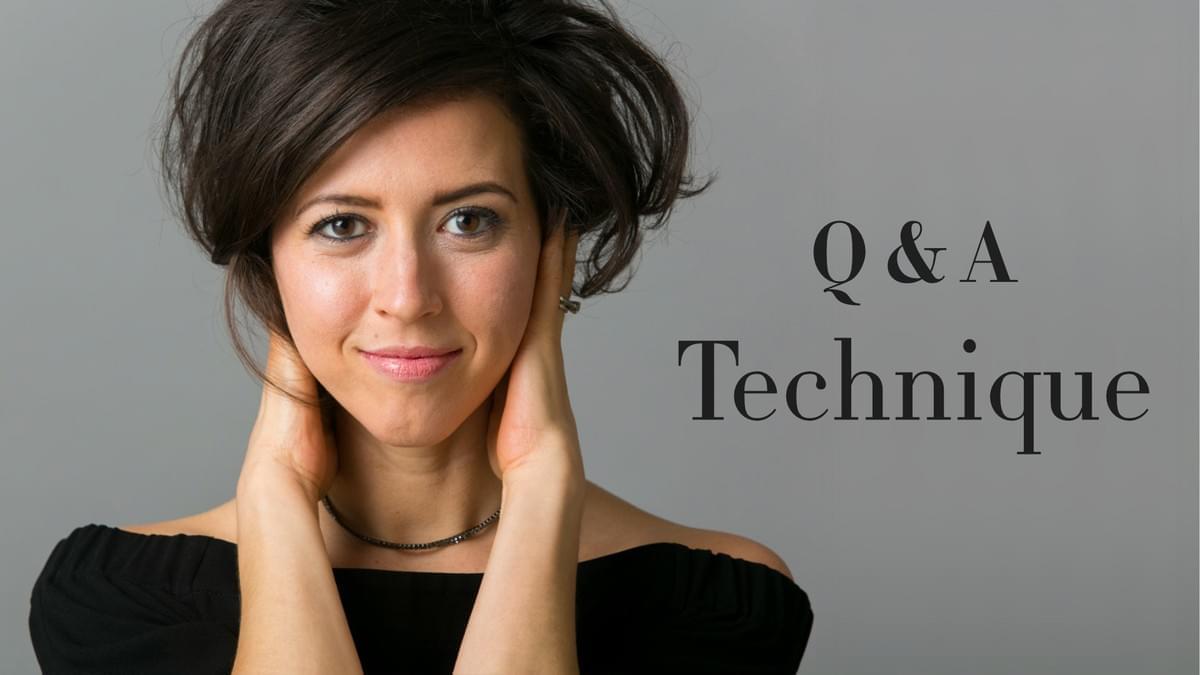Watch the YouTube video here!
Hey guys, thanks for sending me your numerous questions! Since I got over 100 questions in one day, I decided to break up this series into a set of 4 videos, in which every video has a different subject. Technique, Fitness and Health, The Business, Personal Questions about Me. Since half the questions I got were about vocal technique, this first video will probably be the longest! I have broken up the video into time-stamped separate sections so that you can skip to what suits you, and hear my general thoughts on that.
Since it’s best to work with a singer individually, I can’t give personalized advice to everyone that messages me online. However, I have given a mix of general and specific advice that has helped me, along with examples from my own particular routine. Everything I preach, I practice, and my singing is a result of my approach. If this advice works for you, great! But take what you can and dismiss the rest. Always talk to your teacher about any ideas or questions you might have, and let them guide you. But if something feels wrong it probably is.
BREATHING AND SUPPORT: 1:30
Here I go through my general breathing technique and alignment, focusing the energy in the torso and the sensation I have while singing that helps me feel supported and free.
FATIGUE: 10:45
Avoid fatigue by supporting from the core
COLORATURA: 12:45
I share some tips on how to approach runs, and demonstrate a warm up excercise. Avoid the aspirated H.
PREPARING A ROLE: 17:03
Tips on how to learn a role for the first time, and how long it takes, working through music backwards, starting with the most difficult part first, recording yourself; do’s and don’ts when listening to recordings.
PRACTICING: 22:30
Breaking the part down into manageable chunks; memorizing and drilling, working on a part by yourself; Best times to practice and how long
PHRASING AND INTERPRETATION: 27:52
Following your musical instincts, but also being open to input; selling your ideas to directors; feeling stuck in one way
PASSAGGIO: 30:28
General tips for how to work on the mix; narrowing the vowel and singing less open; tackling the break head on and not avoiding it; changing vowels to find what works in your registers; covering the sound; lifting the soft palate
EXTENSIONS 35:00
Building an extension, working with what you naturally have; avoid manufacturing, avoid forcing your voice to its extremes
VOCAL SIZE: 37:38
Aim for good vocal production, not heaviness; let your voice grow naturally; trust your gut when it comes to your rep
PIANISSIMO: 39:38
Major support and efficiency; A well produced healthy voice travels; focusing on building your vocal color; the healthy spin; Don’t put the sound into the nose; find an [u] vowel with a dome-y position; don’t swallow the sound; mouth position
TONGUE: 42:56
Where the tongue should be most of the time; What to do when the tongue is moving too much; lifting the soft palate; why you shouldn't curl up the tongue
VIBRATO: 45:30
Working with your natural vibrato and avoiding a wobble; finding the tension that causes your vibrato to be unstable; check in with your support to put the effort there and not in the throat; Embrace your natural vibrato and don’t try to imitate someone else’s


,format(webp)/https%3A%2F%2Flisetteoropesa.com%2Fmedia%2Fnews%2Fq-a-health-fitness.jpg)
,format(webp)/https%3A%2F%2Flisetteoropesa.com%2Fmedia%2Fnews%2Flsu-graduate-lisette-oropesa-sings-around-the-world.jpg)
,s,m,a,r,t,,,f,o,r,m,a,t,(,w,e,b,p,),,,s,h,a,r,p,e,n,(,0,.,5,,,0,.,5,,,t,r,u,e,)/https%3A%2F%2Flisetteoropesa.com%2Fmedia%2Fgallery%2F2024%2Fportraits%2F202408-06-portrait-lisette-oropesa.jpg)






